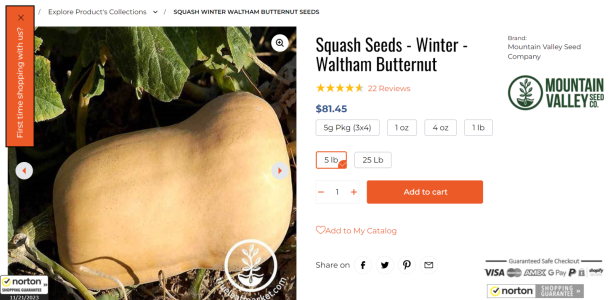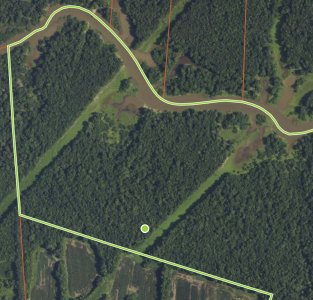farmlegend
5 year old buck +
For the past two seasons, I have planted two plots, nine acres total, with multi-species cover crop blends, in Hillsdale County, Michigan. My mixes have 8-12 different seeds, and were all planted via no-till drill in the spring. Seeds included soybeans, sorghum, buckwheat, sunflowers, cowpeas, millet, sunn hemp, MR clover, oats, radishes, and a couple others. These plots were planted on what was quite degraded rowcrop ground that had the daylights tilled out of it for decades. My objective with these plots is to restore the dirt and to attract deer to them into November and December to facilitate volume doe harvest.
I’ve enjoyed growing these plots but have some questions going forward.
Much of what I have read about this subject suggests planting a spring plot, then terminating it and planting a fall plot, so as to enhance nutrient cycling.
Drawing on my 25 years of doing food plots on my farm, planting spring and fall cover crops on the same plots is problematic on my ground. For one thing, I am growing season constrained, averaging about 142 frost free days per year. For another, I have heavy dirt, and in most years cannot plant spring plots until early June. They’re just coming into their own in mid-August, which is generally the latest recommended planting date for peas, brassicas, etc., and I hate the idea of terminating my soybeans then, since they are a powerful late hunting season deer draw. For a third, recommended fall cover crop blends include species that my deer are not fond of, like rape, turnips, and winter peas (I have very fussy deer). Even seeds that do produce desirable fall/winter deer food (cereal grains) are best not planted until Labor Day, at the earliest, as they can get tall/stemmy/unpalatable if you have good September growing conditions.
Assuming my spring mix has adequate carbon-producing plants in it, to balance out the legumes – does anyone see a problem with one spring cover crop planting?
Another thing I should mention, before I forget – the most powerful late November and December deer draw I have is spring planted soybeans. And I want soybeans that produce abundant beans and pods, something that a lot of so-called “forage” soybeans don’t do. No need for the soys to be RR, since nothing else in the mix is.
Another thing – I’ve been “top dressing” chunks of my cover crop plots by broadcasting winter wheat in early September, and this has gotten utilized significantly by the deer.
Any discussion and comments are appreciated.
I’ve enjoyed growing these plots but have some questions going forward.
Much of what I have read about this subject suggests planting a spring plot, then terminating it and planting a fall plot, so as to enhance nutrient cycling.
Drawing on my 25 years of doing food plots on my farm, planting spring and fall cover crops on the same plots is problematic on my ground. For one thing, I am growing season constrained, averaging about 142 frost free days per year. For another, I have heavy dirt, and in most years cannot plant spring plots until early June. They’re just coming into their own in mid-August, which is generally the latest recommended planting date for peas, brassicas, etc., and I hate the idea of terminating my soybeans then, since they are a powerful late hunting season deer draw. For a third, recommended fall cover crop blends include species that my deer are not fond of, like rape, turnips, and winter peas (I have very fussy deer). Even seeds that do produce desirable fall/winter deer food (cereal grains) are best not planted until Labor Day, at the earliest, as they can get tall/stemmy/unpalatable if you have good September growing conditions.
Assuming my spring mix has adequate carbon-producing plants in it, to balance out the legumes – does anyone see a problem with one spring cover crop planting?
Another thing I should mention, before I forget – the most powerful late November and December deer draw I have is spring planted soybeans. And I want soybeans that produce abundant beans and pods, something that a lot of so-called “forage” soybeans don’t do. No need for the soys to be RR, since nothing else in the mix is.
Another thing – I’ve been “top dressing” chunks of my cover crop plots by broadcasting winter wheat in early September, and this has gotten utilized significantly by the deer.
Any discussion and comments are appreciated.


